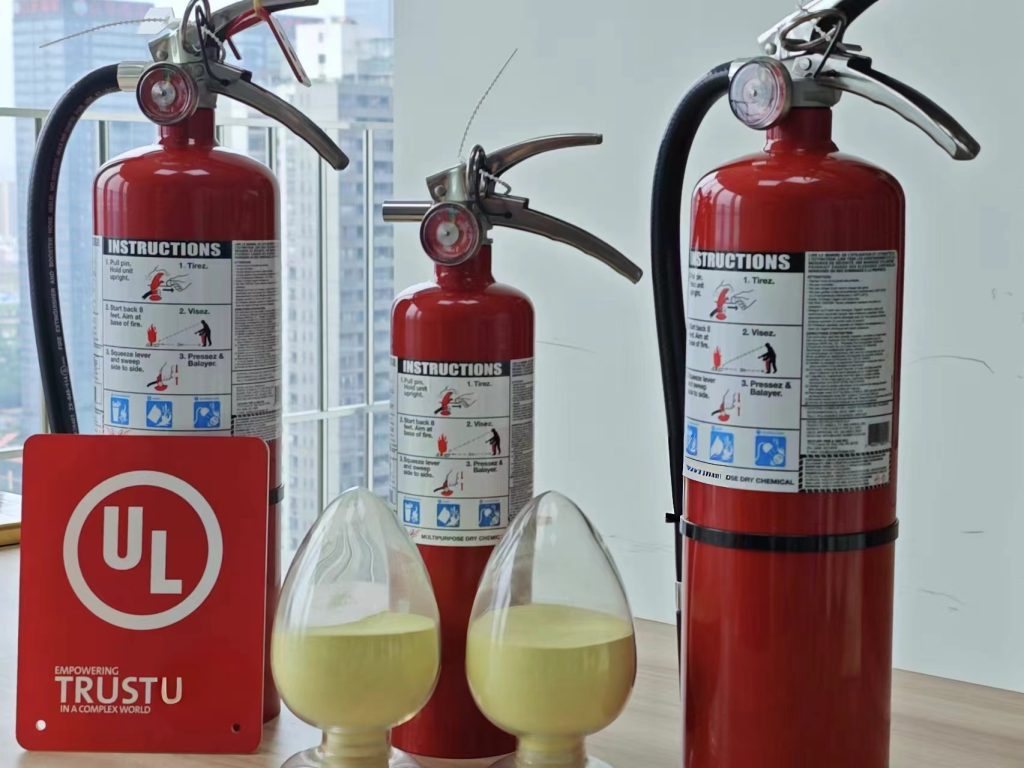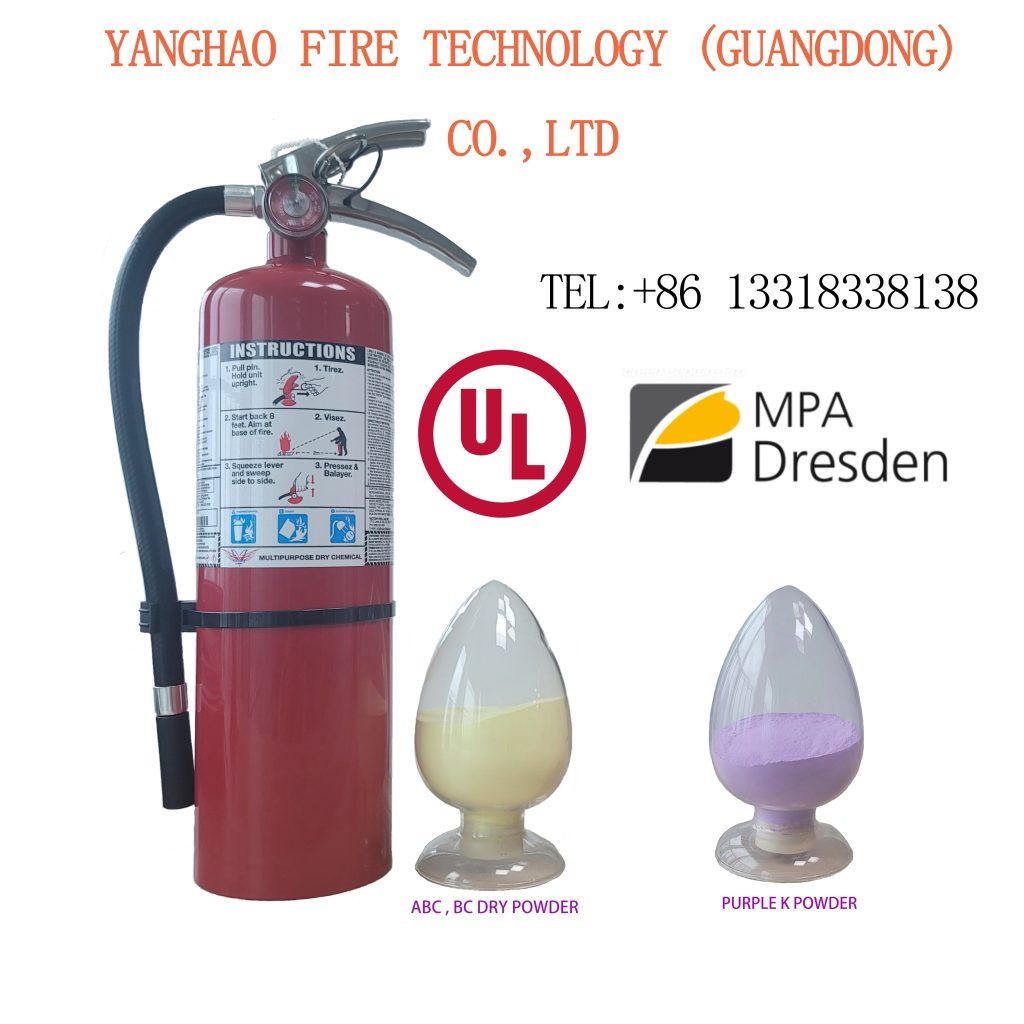Why You Should Regularly Test Your Powder Fire Extinguishers?
When it comes to fire safety, one of the most critical tools you can have in your home, office, or workplace is a fire extinguisher. Among the various types, powder fire extinguishers are one of the most versatile, effective, and widely used. They are capable of tackling a variety of fire classes — from solids (Class A) and liquids (Class B) to gases (Class C). However, the effectiveness of any fire extinguisher, including powder extinguishers, depends on regular testing and maintenance.
In this post, we’ll explore why it’s essential to regularly test your powder fire extinguishers, the steps you should take to ensure they’re ready for use, and how proper maintenance can save lives and property.
1. Ensure Your Fire Extinguisher Will Work in an Emergency
The primary reason to regularly test your powder fire extinguisher is simple: you need to be sure it will work when a fire breaks out. Fire emergencies are unpredictable, and in the heat of the moment, the last thing you want to worry about is whether or not your fire extinguisher will function properly.
Over time, the pressure inside the extinguisher can decrease, the powder can become compacted or lose its effectiveness, and the safety pin or nozzle may become blocked. These issues can render the extinguisher ineffective in an emergency, possibly causing greater damage or risk to life. Regular testing ensures that your extinguisher is ready to perform as expected, no matter the situation.
2. Check the Pressure Gauge
Powder fire extinguishers are equipped with a pressure gauge that shows whether the extinguisher is fully charged and ready to use. The gauge typically has a color-coded dial indicating whether the pressure is too low, within the normal range, or too high.
Green zone: The pressure is at an optimal level for use.
Red zone: The pressure is too low or too high, which means the extinguisher needs immediate attention (either recharged or refilled).
By regularly checking the gauge during routine inspections, you ensure that the extinguisher is always at the right pressure to operate effectively when needed.
3. Prevent Clogging and Ensure Proper Discharge
Powder fire extinguishers rely on a fine powder to smother fires. However, over time, moisture or humidity can cause the powder inside the extinguisher to clump together. This clumping can clog the nozzle or prevent the powder from discharging properly, rendering the extinguisher ineffective.
Regular testing and shaking of the extinguisher (especially if it has been sitting for a while) can help ensure that the powder remains loose and free-flowing. This will allow the extinguisher to discharge properly when needed.
4. Identify Physical Damage or Wear and Tear
Even if the extinguisher is stored correctly, it’s important to check for signs of physical damage or wear and tear. For example, if the extinguisher has been dropped, there may be dents or cracks in the body that could compromise its structural integrity. Similarly, the nozzle may become clogged with dirt, the safety pin might be broken, or the hose could have been damaged.
Routine testing involves checking the entire unit for damage, which helps ensure the extinguisher is in good working order. If any issues are identified, the extinguisher should be serviced or replaced immediately.
5. Meet Legal and Insurance Requirements
In many regions, fire safety regulations require businesses, workplaces, and sometimes even homes to maintain their fire extinguishers in good working condition. Regular testing and servicing of extinguishers often fall under these legal requirements. Failure to comply could result in penalties, fines, or issues with insurance claims in the event of a fire.
For businesses, conducting regular fire extinguisher tests and ensuring proper documentation can also protect your insurance coverage in the event of a fire. If your extinguisher fails during a fire, you could be left with significant financial losses, which might not be covered if the extinguisher wasn’t properly maintained.
6. Ensure Compliance with Manufacturer Guidelines
Manufacturers of powder fire extinguishers typically provide specific maintenance and testing instructions. These guidelines outline how often you should inspect the extinguisher, what specific tests should be carried out, and whether recharging or servicing is required after a certain period.
Following the manufacturer’s maintenance recommendations ensures that the extinguisher is always functioning at its best. It also helps extend the life expectancy of the extinguisher, saving you money in the long run and reducing the frequency of replacements.
7. Improve Fire Safety Awareness
By regularly testing your powder fire extinguishers, you also improve overall fire safety awareness in your environment. You’ll be more familiar with how the extinguisher works, where it’s located, and how to use it effectively. This can make a huge difference in a real emergency.
Properly maintaining and testing fire extinguishers helps reinforce a culture of fire safety in your home or business, encouraging others to stay alert and prepared.

How to Test Your Powder Fire Extinguisher: Key Steps
Check the Pressure: Ensure the needle is in the green zone on the pressure gauge.
Inspect for Damage: Look for dents, cracks, or rust on the cylinder. Ensure the nozzle is free of obstructions.
Shake the Extinguisher: Gently shake the extinguisher to loosen any powder clumps.
Check the Safety Pin: Ensure the safety pin is intact and properly secured.
Test the Discharge (Optional): In some cases, a controlled test discharge can be performed to ensure the extinguisher is functional.
Schedule Professional Inspections: At least once a year, have a certified professional inspect and service the extinguisher to ensure it’s in optimal condition.
Conclusion: Keep Your Powder Fire Extinguisher Ready for Anything
Regular testing and maintenance of your powder fire extinguishers are essential to ensure that they perform reliably in an emergency. By checking the pressure, inspecting for damage, and making sure the extinguisher is properly charged, you can have peace of mind knowing that you are prepared to tackle a fire safely and effectively.
Remember, fire safety is not just about having the right equipment — it’s about making sure that equipment works when you need it most. So, don’t wait for an emergency to find out your extinguisher isn’t working. Regularly test your powder fire extinguishers and keep your environment safe.


